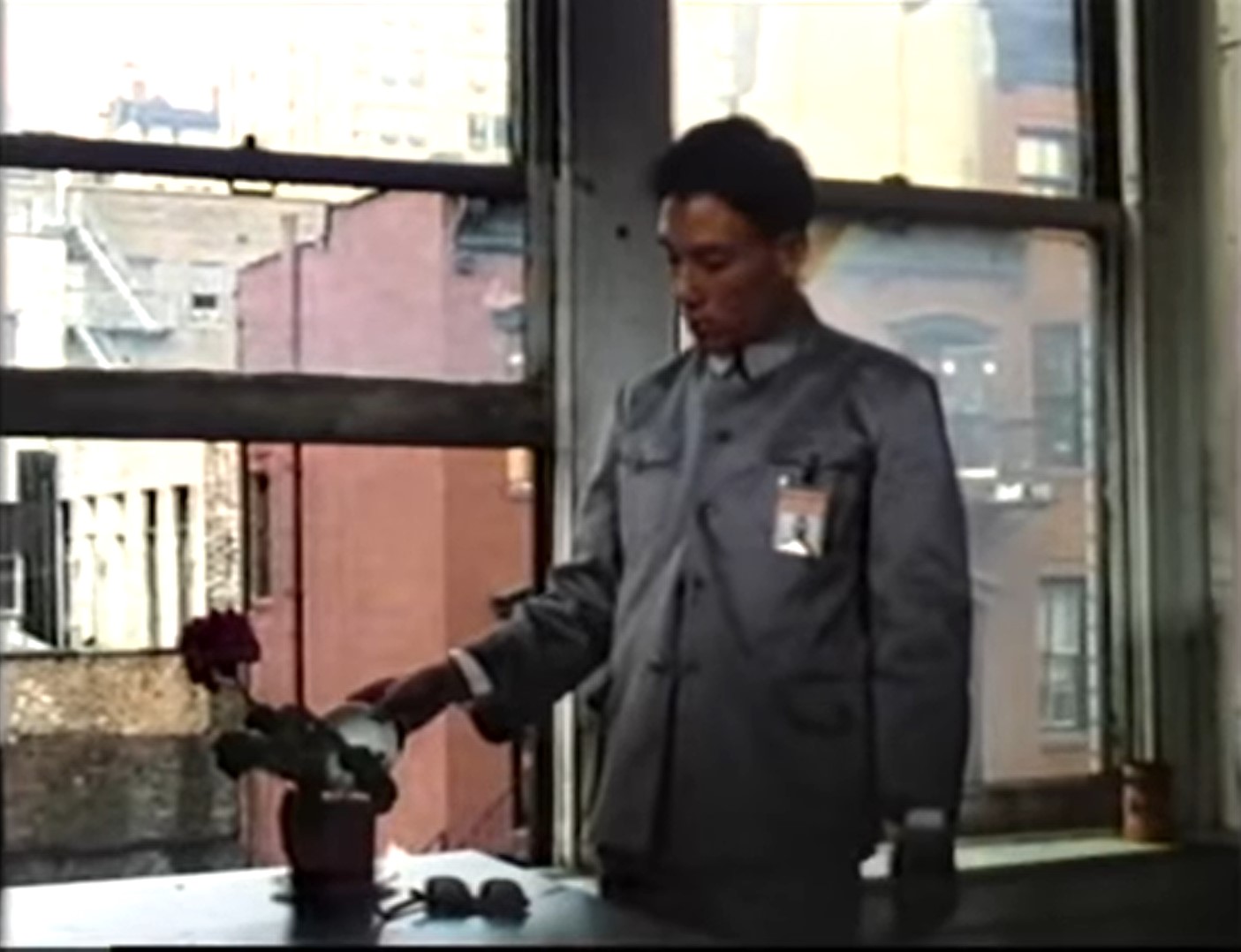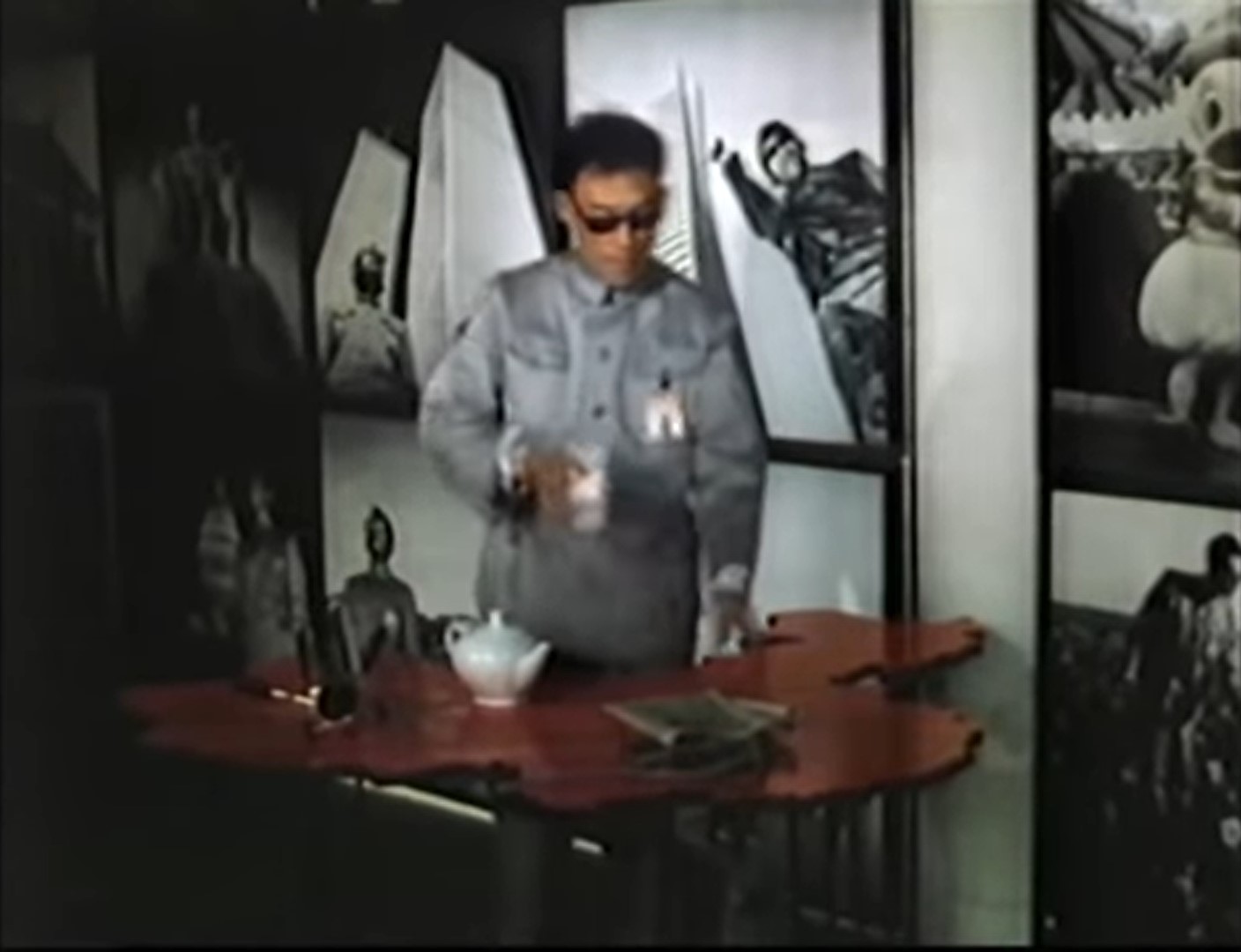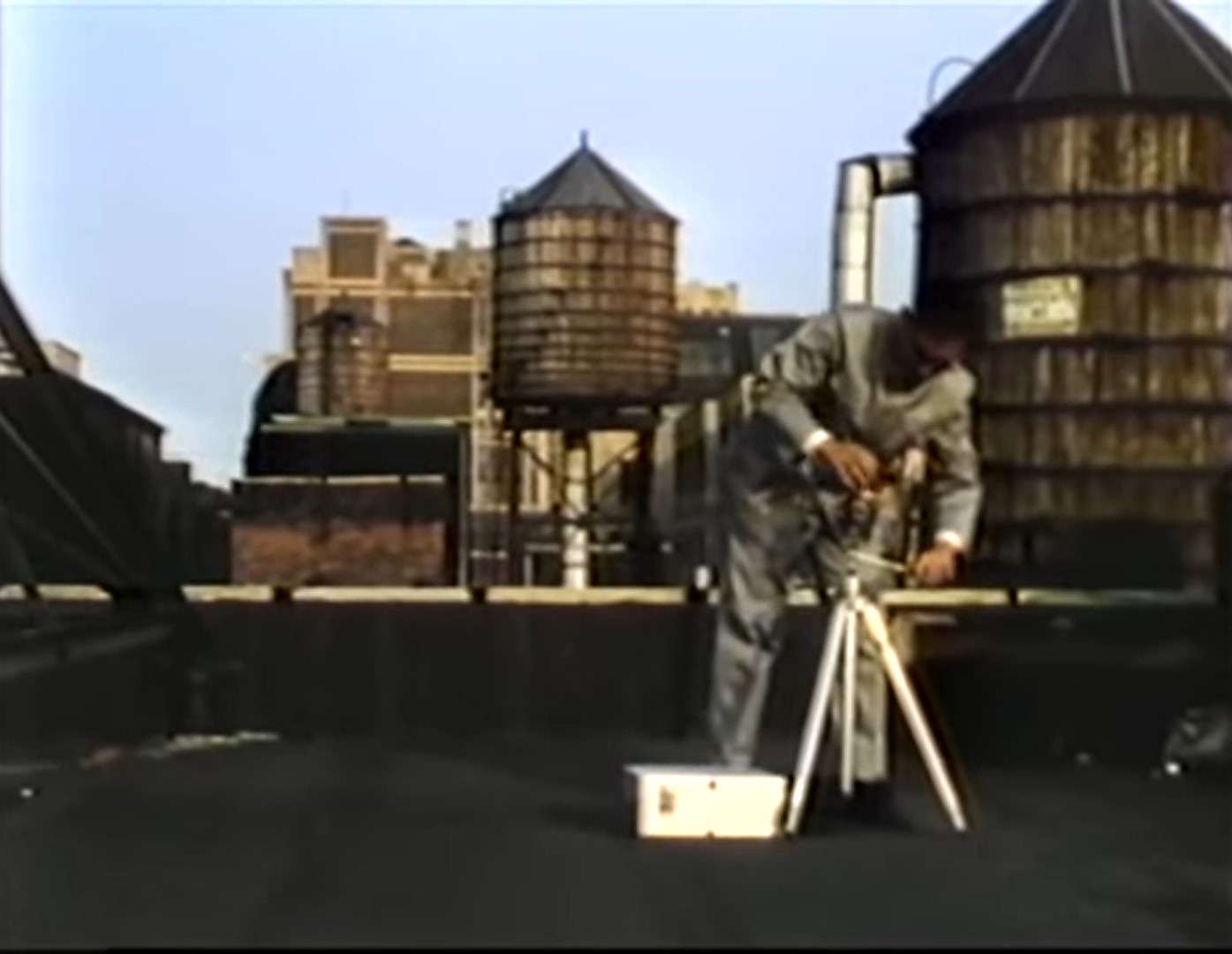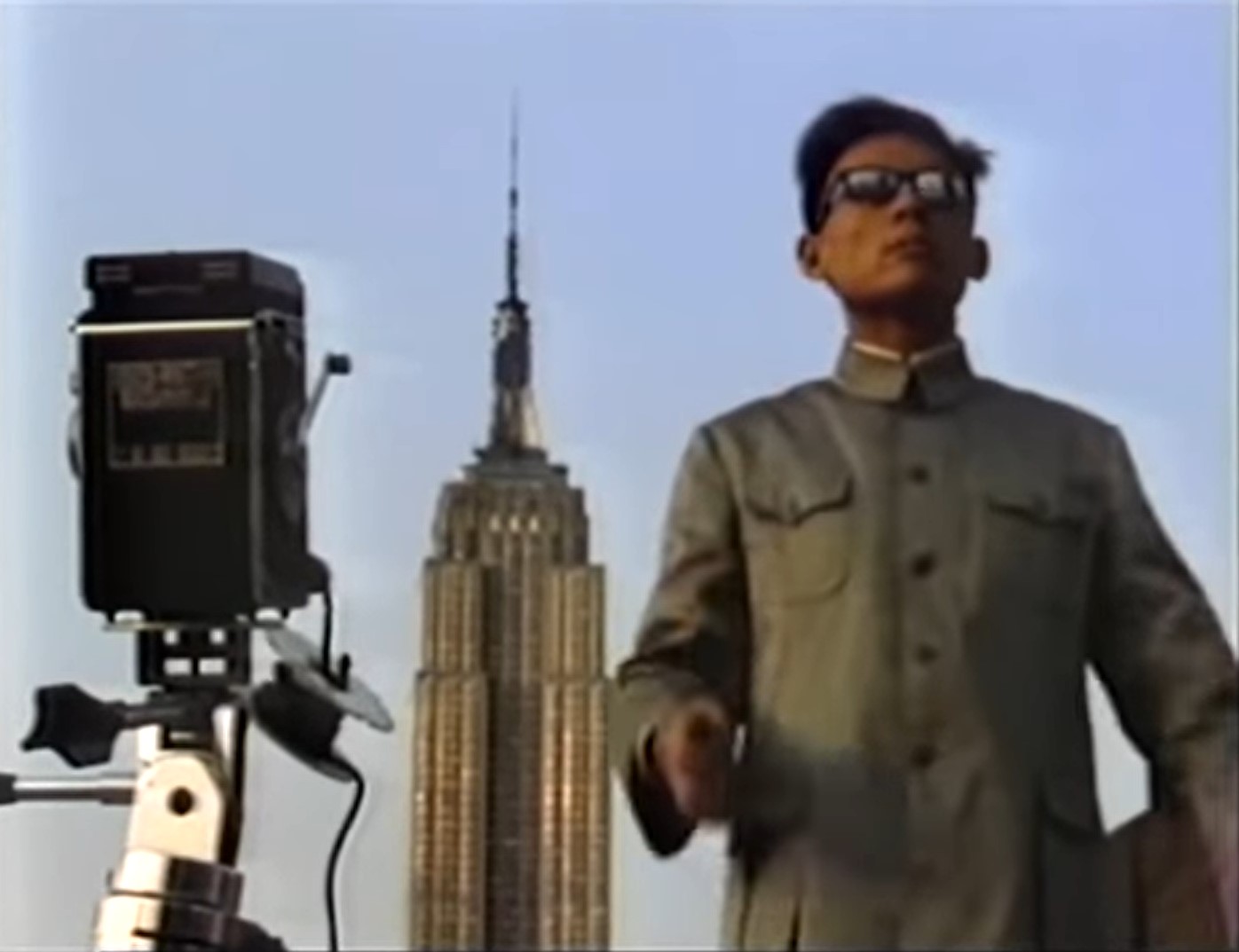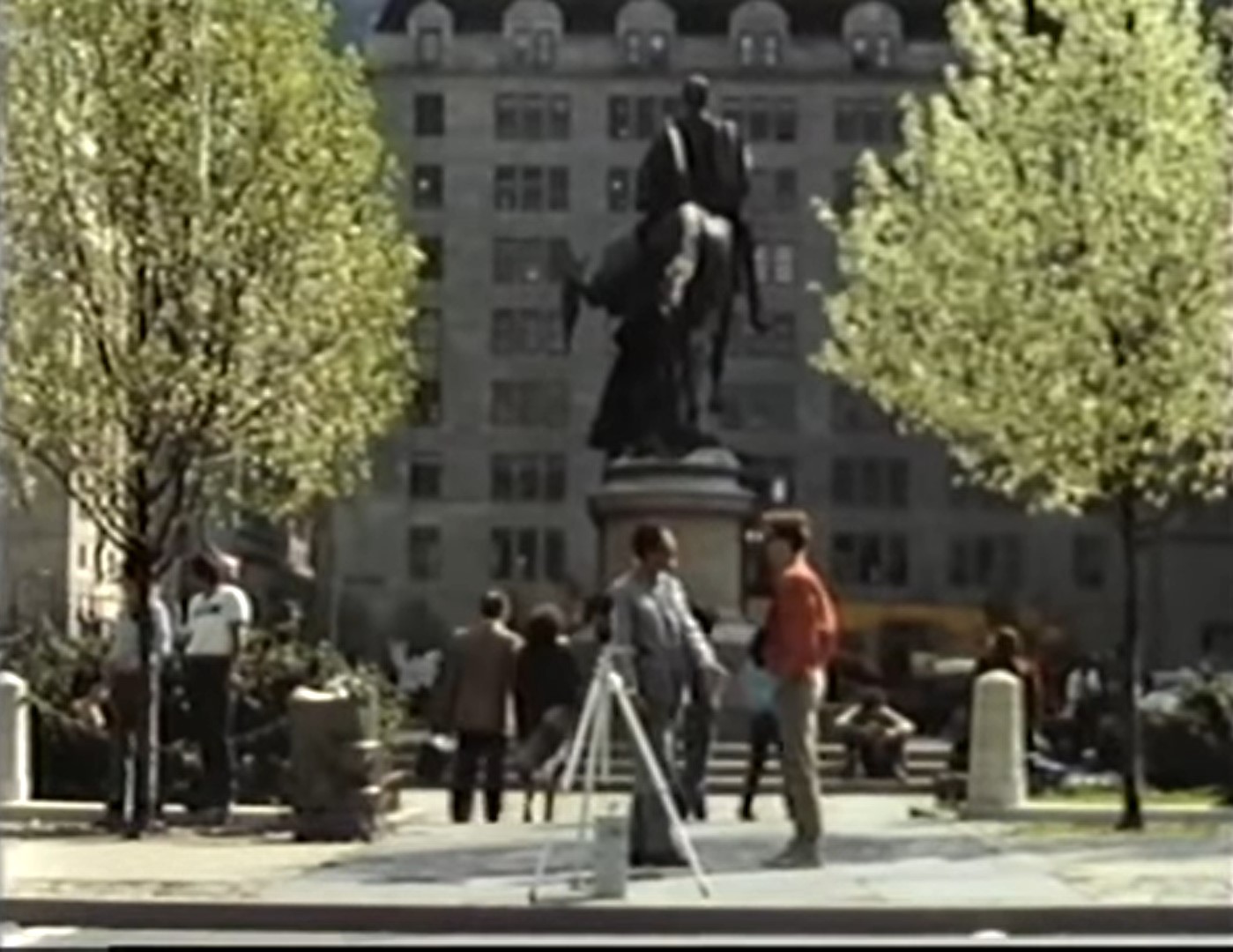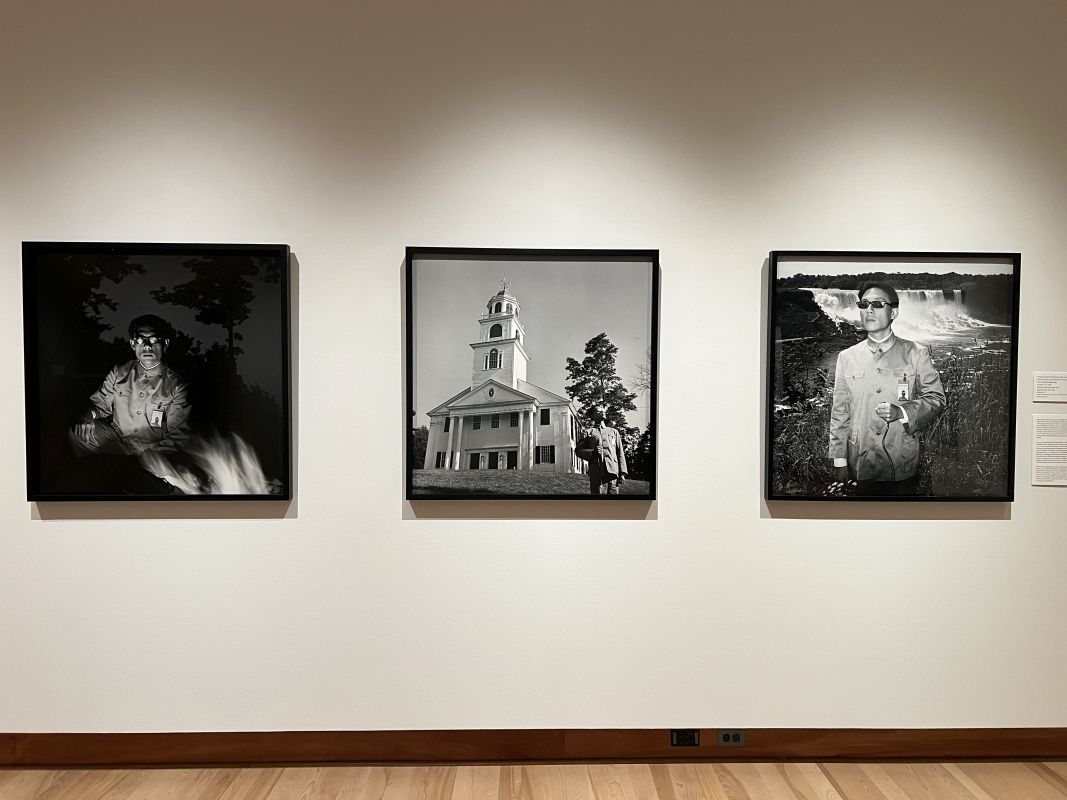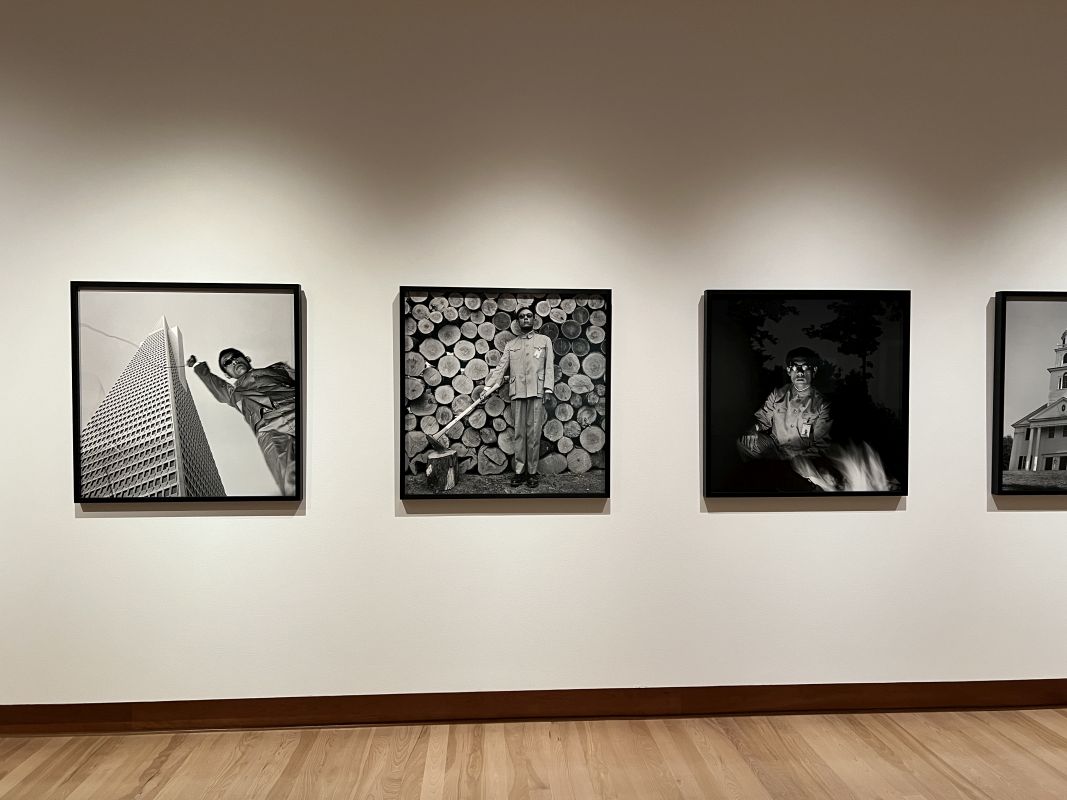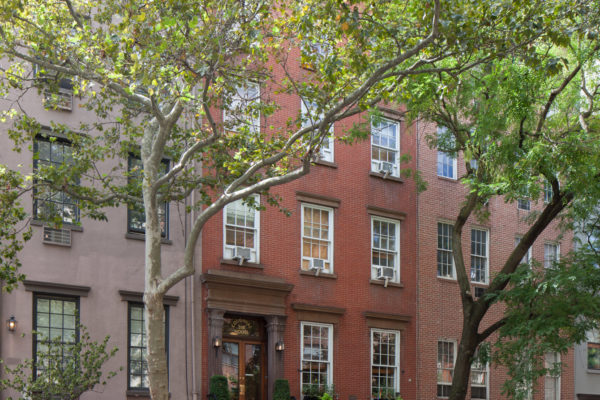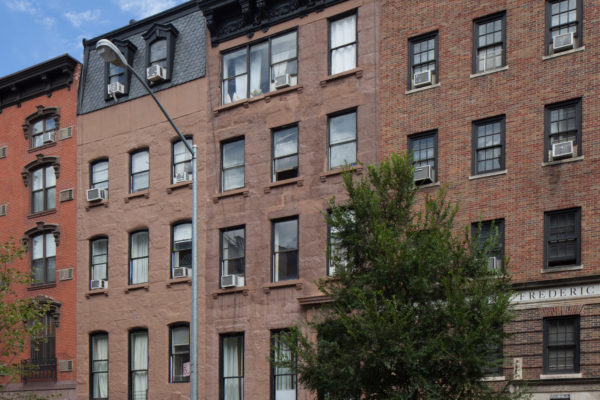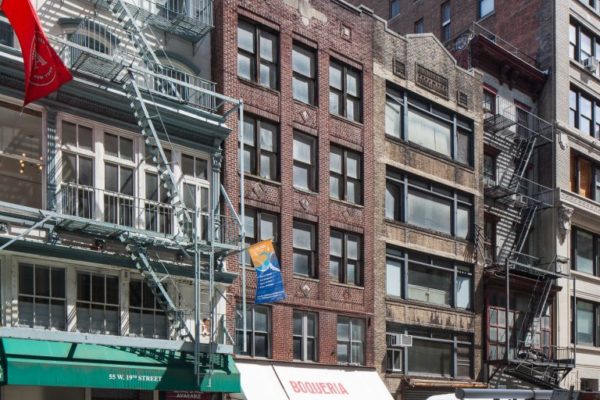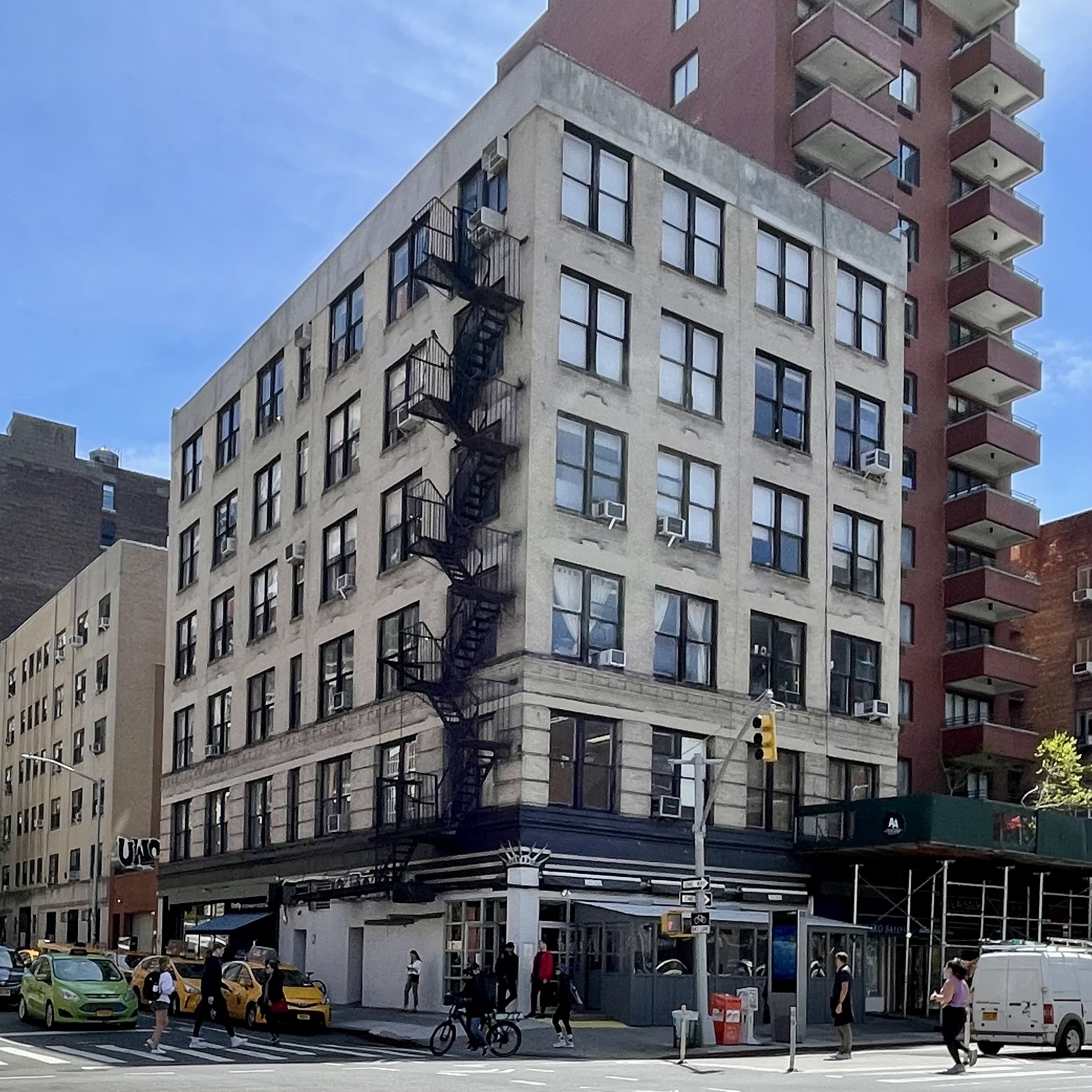
Tseng Kwong Chi Residence & Studio
overview
The openly gay photographer Tseng Kwong Chi, a central figure in the 1980s downtown arts scene, lived and worked in a loft in this Chelsea building from 1980 to 1989, a year before his untimely death from AIDS-related complications.
During this period, Tseng was artist Keith Haring’s official “photo-chronicler” and also became internationally acclaimed for his East Meets West self-portraits that examined cultural identity and the Western perception of the “other.”
On the Map
VIEW The Full MapHistory
Born in Hong Kong, photographer Tseng Kwong Chi (1950-1990) moved to Vancouver, Canada, as a teenager in 1966 with his family, and he shortly after came out as gay. A temporary rift with his father led him to leave home and open a fashion boutique. He later attended art school in Paris where he formed a lifelong passion for photography.
In 1978, he and his sister Muna Tseng moved to New York City where she was invited to work as a professional dancer. They lived within a block of each other, with Tseng living in a tenement building on the north side of East 5th Street, near First Avenue, in the East Village, a neighborhood which was then popular with and affordable for artists. A year later, in 1979, Tseng met artist Keith Haring at Club 57, the popular basement nightclub on St. Marks Place. Tseng was soon invited to be Haring’s official “photo-chronicler.” Over the course of the next decade – until their deaths within a month of each other from AIDS-related complications in 1990 – Tseng’s more than 20,000 images of his friend and his work resulted in the largest collection of Haring-related photographs in the world.
The majority of this work was undertaken while Tseng lived at 162 West 21st Street in Chelsea. In 1980, he and his sister moved to a third-floor loft there, which occupied half of the floor and faced the southeast corner of Seventh Avenue (Muna moved out in 1981). The front part of the loft was shared with curator Saul Ostrow. From 1983 to 1989, Tseng’s life partner Kristoffer Haynes, who was also his assistant and frequent collaborator, lived there with him (in the last year of Tseng’s life, the couple lived at 14 Maiden Lane).
Tseng became a fixture of the 1980s downtown arts scene, photographing the likes of artists Andy Warhol and Jean-Michel Basquiat in various settings and befriending Haring, actress Ann Magnuson, cabaret singer John Sex, artist Kenny Scharf, and choreographer Bill T. Jones, among others. Tseng’s loft was also used as a photography studio; in a 2021 i-D interview, Muna recalled, “All these wild friends would come over before they went out for the night. They’ve all dressed up for the parties, and Kwong Chi would say, ‘Let’s take some photos before we go out,’ then down came the seamless.’” (The “seamless” refers to the paper roll used as the backdrop for photos.)
Tseng received international acclaim for his East Meets West a.k.a. The Expeditionary Self-Portrait Series, over 100 self-portraits he produced over a ten-year period beginning in 1979. The series features Tseng wearing a traditional Zhongshan suit, better known as a Mao suit; this style had been interpreted as a symbol of authority by Western audiences after seeing Chairman Mao famously wearing it in a 1972 meeting with President Richard Nixon. In 1978, a maître d’ at Windows on the World mistook Tseng, who was wearing his thrifted Mao suit, for a foreign dignitary, sparking the artist’s idea for the photo series as a commentary on cultural identity and the Western perception of the “other.” He posed in front of famous tourist sites like the Statue of Liberty, the Eiffel Tower, and the Hollywood sign. In these self-portraits, Tseng is also shown wearing sunglasses and an ID badge that reads “Visitor” or “Slut For Art.”
My photographs are social studies and social comments on Western society and its relationship with the East. [I pose] as a Chinese tourist in front of monuments of Europe, America, and elsewhere.
In 1980, Tseng adopted his “ambiguous ambassador” persona, seen throughout the series, after crashing Diana Vreeland’s Met Gala wearing his Mao suit and running into fashion designer Yves Saint Laurent, who, impressed with Tseng’s French, assumed he was an ambassador from China.
Tseng’s work was known in China through art magazines that were smuggled into the country before it opened up to international trade, inspiring people such as the influential contemporary artist Song Dong. A sampling of Tseng’s photographs include Tseng Kwong Chi, New York, New York (1979); Bill T. Jones Body Painting with Keith Haring (1983); John Kelly at Wigstock (1987); and Vogue ball, The Elks Lodge, Harlem, New York (c. 1988). His work is featured in several international collections, including New York City institutions such as the Guggenheim, the New York Public Library, and the New School.
Entry by Amanda Davis, project manager (May 2022).
NOTE: Names above in bold indicate LGBT people.
Building Information
- Architect or Builder: Bernstein & Bernstein
- Year Built: 1909
Sources
“Biography,” Tseng Kwong Chi, bit.ly/3MMw1aM. [source of pull quote]
Brian Dillon, “Tseng Kwong Chi, an ‘Ambiguous Ambassador’ to Life in America,” The New Yorker, June 23, 2019, bit.ly/3OTOzYg.
“He was playing with people’s perception of who he was, while proclaiming who he was,” blog, Visual AIDS, July 28, 2015, bit.ly/3Fd43Cn.
Kyla Raskin, email to Ken Lustbader/NYC LGBT Historic Sites Project, March 23, 2022.
Manhattan Phone Directories, 1979-1990.
Miss Rosen, “The photographer who convinced the world he was a Chinese ambassador,” i-D, November 3, 2021, bit.ly/3vXfFoM. [source of Muna Tseng quote]
Muna Tseng, email to Amanda Davis/NYC LGBT Historic Sites Project, May 5, 2022.
“Tseng Kwong Chi,” Visual AIDS, bit.ly/3LCcSIo.
Tseng Kwong Chi: East Meets West, directed by Christine Lombard, Tarcus Cine Light Production, 1984.
Do you have more information about this site?
This project is enriched by your participation! Do you have your own images of this site? Or a story to share? Would you like to suggest a different historic site?
